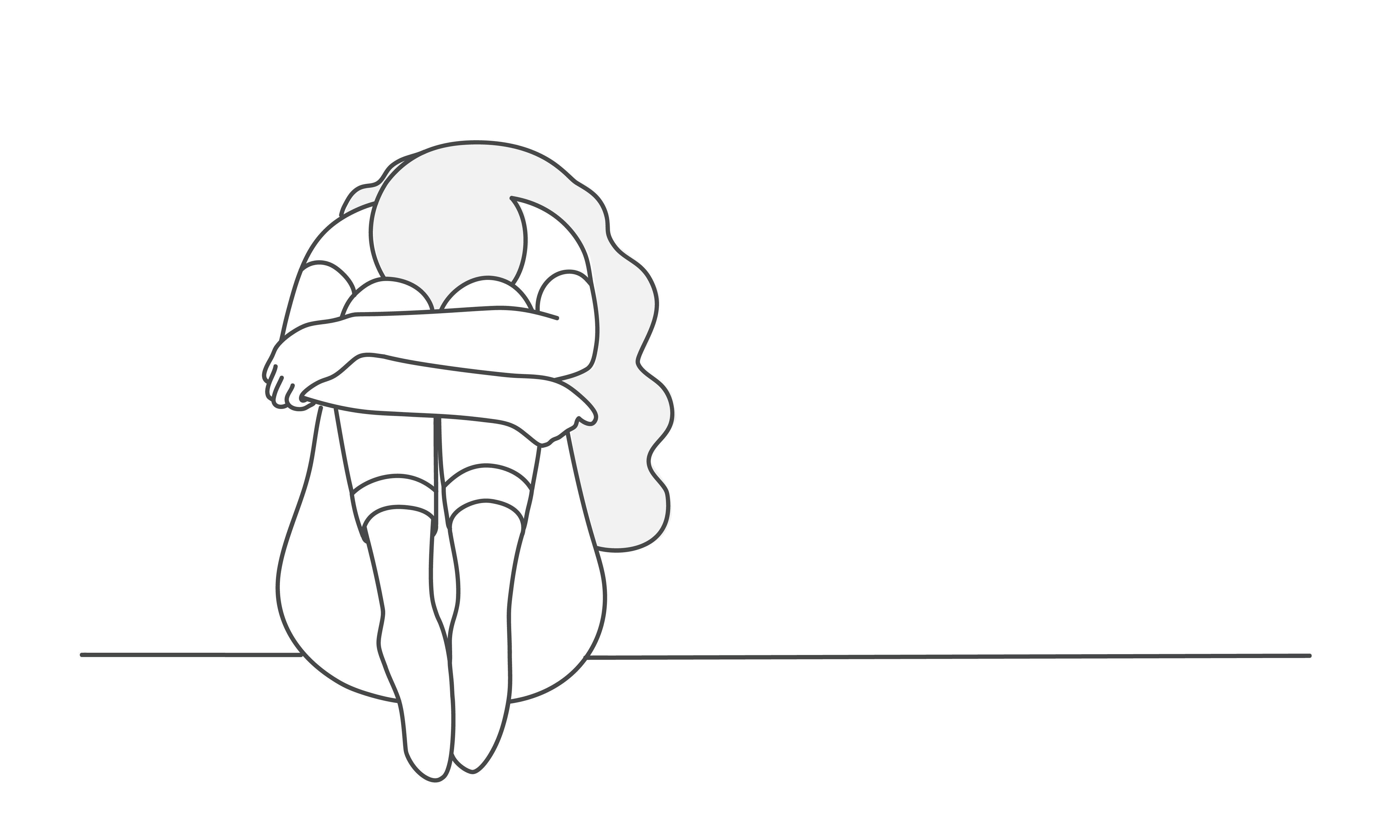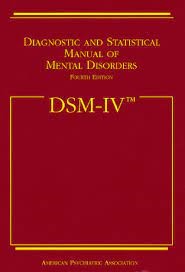Some interesting though troubling information comes out of a recent UCL-led study, published in August 2023 in Psychological Medicine. This longitudinal UK-based research, spanning several decades, reveals a steep increase in common mental health disorders (depression, anxiety, stress) especially amongst adolescents. The study is part of a wider research project, tracking over 29 million people for more than 12 years, and offers a wealth of data on the phenomenon though no clear explanations, leaving us with questions rather than answers. Participants in the study had symptoms or diagnoses of anxiety, depression, or a combination of the two, while some were taking psychiatric medications for these problems, as reported within primary care records.
The picture when it comes to young people appears bleak. Rates for this age group have more than doubled in the past two decades, and are much higher than those of adults, with a steep increase among those aged 16-24 years, numbers more than doubling from 2000 to 2019.
The authors say they don’t know the causes behind this surge, and their research doesn’t try to cover this. But at the end of the article, they offer a brief list of possible explanations, a good summary of what’s at stake. They say that the surge in adolescent mental health problems could indicate:
-
a genuine rise in anxiety, depression, and stress symptoms
-
changes in help-seeking behaviours, including increased rates of consulting with GPs for mental health concerns; or
-
changes in diagnosing, prescribing, and recording mental health symptoms and diagnoses in general practice.
When it comes to the ability to ask for mental health support, there is a clear generational difference , the authors noting the ‘lower levels of stigma observed in younger age groups and more recent birth cohorts’ recorded as early as 2014. The broader cultural dialogue on mental health has become more prominent after 2014, so we could guess that these numbers will continue to be on the rise.
 The increase in the number of adolescents who feel able to ask for help cannot be the only reason though for the numbers we see. This study’s focus is the UK, but looking at the wider picture, it’s worth considering how we categorise and diagnose mental health conditions. The standard way is using the American DSM (Diagnostic Manual for Mental Health Disorders). Yet in the last decades, with each edition of the DSM, the number of diagnosable mental health disorders rises. Here’s a comparison: DSM-I, published in 1952, listed 106 mental disorders. The current edition, DSM-V includes 541 diagnoses. That is an enormous jump.
The increase in the number of adolescents who feel able to ask for help cannot be the only reason though for the numbers we see. This study’s focus is the UK, but looking at the wider picture, it’s worth considering how we categorise and diagnose mental health conditions. The standard way is using the American DSM (Diagnostic Manual for Mental Health Disorders). Yet in the last decades, with each edition of the DSM, the number of diagnosable mental health disorders rises. Here’s a comparison: DSM-I, published in 1952, listed 106 mental disorders. The current edition, DSM-V includes 541 diagnoses. That is an enormous jump.
This ballooning of what we call ‘mental health disorders’ has been debated extensively. At the time the latest DSM edition came out (2013), there was widespread opposition against the widening, with books such as ‘Saving normal’ by Allen Frances, and in the UK through an open letter by the British Psychological Society. There are various elements to these criticisms, including the arbitrary boundaries the DSM might be creating between normal and pathological, or issues of cultural or racial bias in diagnoses.
But of course, there is the other side of the argument; for example the idea that this increase in the number of diagnosable mental health conditions reflects advances in our understanding of mental health, and the refinement of diagnostic criteria. The debate continues.
Based on my own work with adolescents and their families, I suspect that all three factors play a role. So: there is indeed less stigma today and thus more adolescents seek help. There is also an extended number of states of mind or behaviours that today we describe diagnostically. And finally, there is most likely a genuine increase in problems adolescents face, with reasons such as climate anxiety, the impact of digital technology, socioeconomic problems, an increase in materialism and individualism, youth unemployment, plus less access to nature and spending time freely outdoors. Putting all this together (and there may be much more), it is hardly surprising we are seeing these numbers.
What is sad is that this increase in adolescent mental health problems – perceived or genuine, it doesn’t matter as the end result is the same – doesn’t correlate with an improvement in support. In fact, the opposite is true: as the numbers continue to surge, mental health services for children and adolescents are straining under the pressure (a trend widely reported in the news), leaving teenagers and their parents bewildered as to where to turn for answers.
This is a perfect storm: on the one hand high awareness and knowledge on mental health, and on the other hand low access to psychological support, suggesting that teenagers need to find answers elsewhere. No wonder their problems worsen. We could ask: what is the use of labelling problems in mental health terms, when it’s unlikely there will be adequate therapeutic help available? This is a big discussion, but I think it’s a fair description of what we’re seeing today. Altogether a toxic mixture.
Another problem I see in this broadening of diagnostic language is that it discourages (on the individual and social level) alternative ways of dealing with these issues. These include parental or peer support, looking at trauma history, lifestyle factors such as sleep, internet use, eating or exercise habits, or a serious consideration of sociocultural and economic factors.
What can also happen is that parents become disempowered as they struggle to help their children themselves, feeling that these problems are outside their area of expertise. This matters, as having confidence in knowing what to do is crucial for parents. It helps them try new things, learning from experience and not giving up in the face of challenging situations. But by indicating that there is most likely a mental health disorder that could explain their teenager’s issue, the onus is placed away from them and on medical and mental health professionals to be the ones saying ‘what’s wrong’ with their teens.
Considering all this and re-reading the UCL research, I’m not surprised by the harrowing numbers in adolescent mental health. I worry the picture will only get worse. My sense is that we need to think outside the box on how we can support adolescents, widening the debate around these issues.